Mini paper cup machines play a crucial role in the production of disposable paper cups, which are widely used in the food and beverage industry. The production process involves several steps and requires precision and efficiency to ensure high-quality output. In this article, we will delve into the production process of mini paper cup machines, exploring each step in detail.
1. Raw Material Preparation
The production process begins with the preparation of raw materials, including food-grade paper and PE (polyethylene) coating. The food-grade paper is typically sourced from reliable suppliers and must meet specific quality standards to ensure the durability and safety of the paper cups. The PE coating is applied to the paper to provide a waterproof and heat-resistant layer, enhancing the functionality of the paper cups.
2. Printing and Cutting
Once the raw materials are ready, the next step involves printing designs and cutting the paper into the required shape and size. Advanced printing technology is used to apply colorful and intricate designs to the paper, enhancing the visual appeal of the final paper cups. Precision cutting machines then cut the printed paper into individual blanks, setting the stage for the forming process.
3. Forming Process
The forming process is a critical stage in the production of paper cups. The blank paper is fed into the mini paper cup machine, where it undergoes a series of intricate folds and creases to form the shape of a cup. High-speed forming machines ensure consistent and precise shaping, resulting in uniform cups with smooth edges and tight seals. This step requires careful calibration and maintenance to achieve optimal results.
4. Sealing and Bottom Knurling
After the cups are formed, the next step involves sealing the seams and knurling the bottom edges. Heat-sealing technology is utilized to securely bond the overlapping edges of the paper, creating a leak-proof seam that withstands the contents of the cup. Simultaneously, the bottom edges of the cups are knurled to enhance stability and prevent slippage during use, ensuring a secure base for the cups.
5. Quality Inspection
Quality inspection is an integral part of the production process to ensure that the paper cups meet stringent standards. Automated inspection systems are employed to scrutinize the cups for any defects, such as uneven sealing, misalignment, or printing errors. Any non-conforming cups are promptly identified and removed from the production line, maintaining the overall quality of the output.
6. Packaging and Labeling
Once the paper cups pass the quality inspection, they proceed to the packaging and labeling stage. Automated packaging machines carefully stack the cups and place them into designated containers, ready for distribution. Additionally, labeling machines apply relevant information, such as product specifications, barcodes, and branding, ensuring that the cups are properly identified and tracked throughout the supply chain.
7. Automation and Control Systems
Throughout the production process, mini paper cup machines are equipped with advanced automation and control systems to monitor and regulate various parameters. These systems oversee the speed of production, temperature control, material feed, and quality assurance, optimizing the overall efficiency and consistency of the manufacturing process.
8. Maintenance and Servicing
The final aspect of the production process involves regular maintenance and servicing of the mini paper cup machines. Scheduled inspections, lubrication, and replacement of worn components are essential to sustain the machines' performance and longevity. Additionally, technical support and training for operators ensure smooth operation and troubleshooting of any issues that may arise.
Conclusion
In conclusion, the production process of mini paper cup machines encompasses various stages, from raw material preparation to quality inspection and packaging. Each step requires precision, advanced technology, and stringent quality control measures to deliver high-quality paper cups that meet the demands of diverse industries. By understanding the intricacies of this production process, manufacturers can optimize efficiency and maintain the exceptional quality of their paper cup offerings.
```




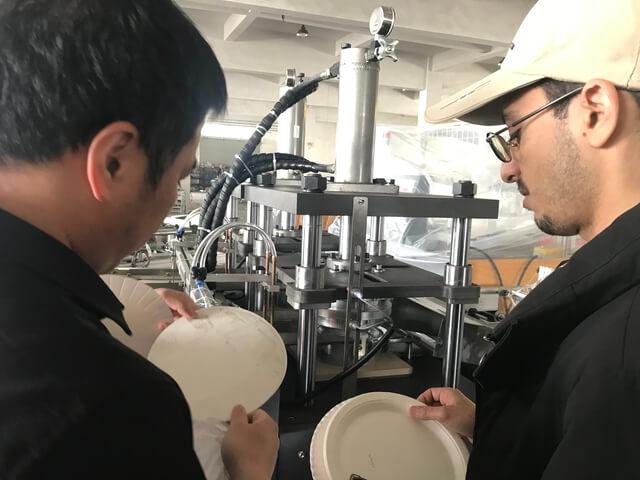
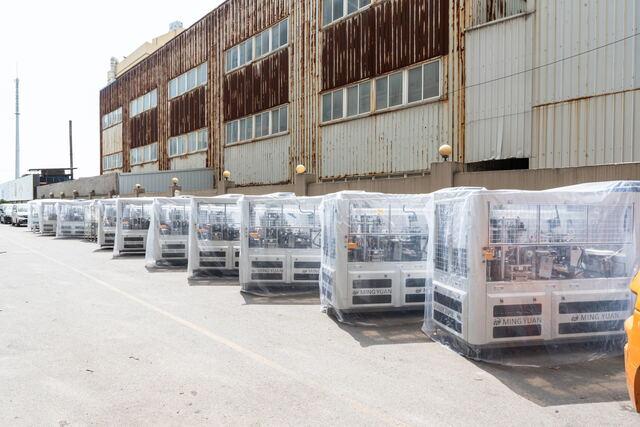
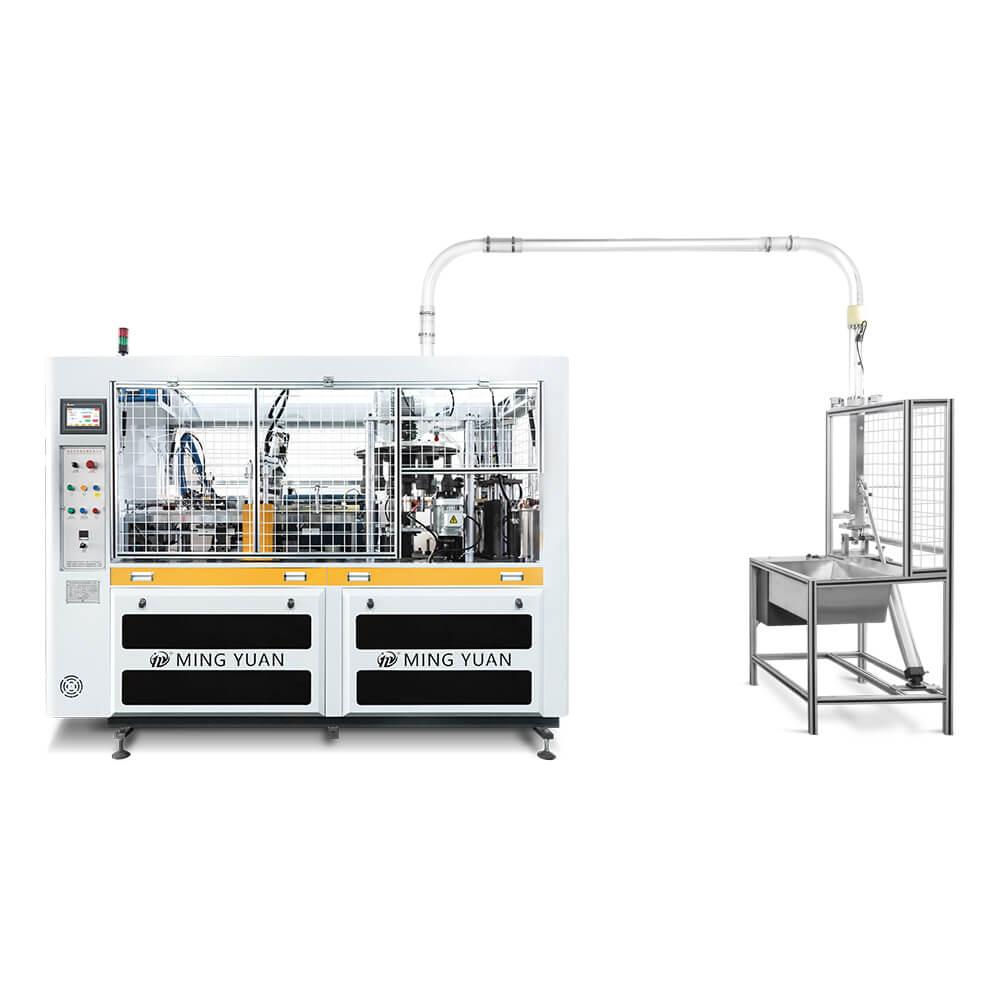
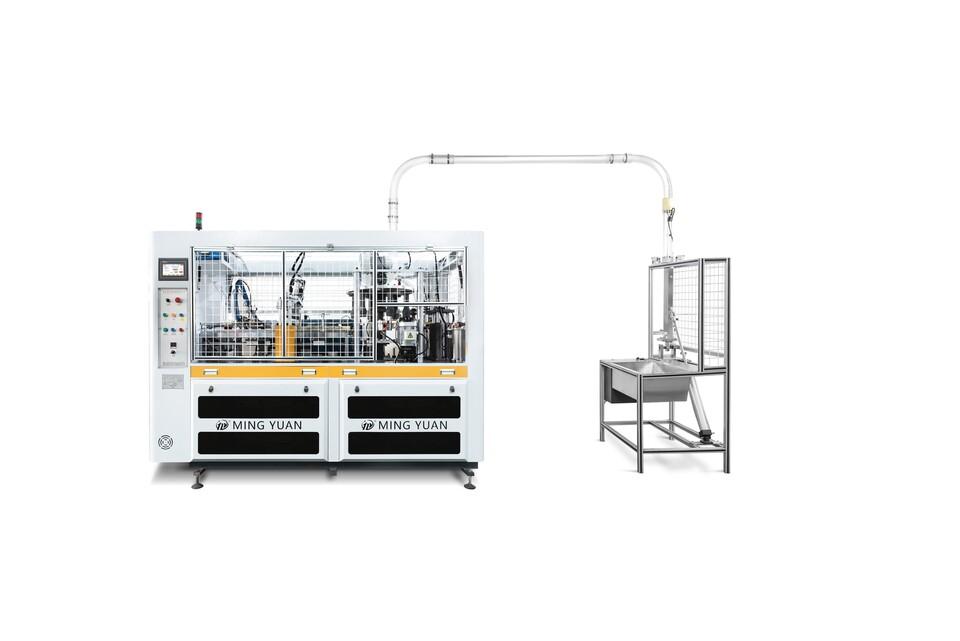
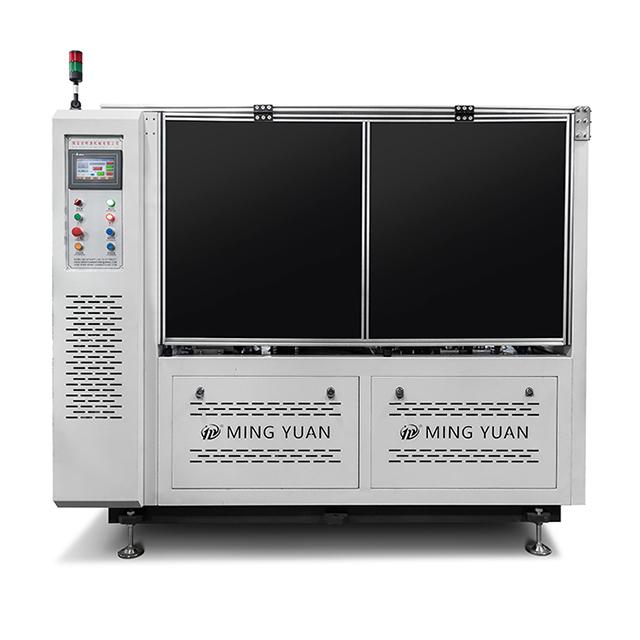


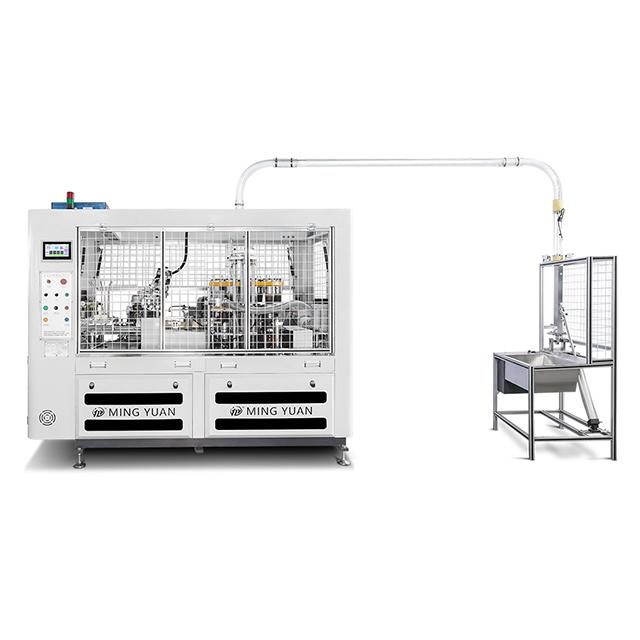

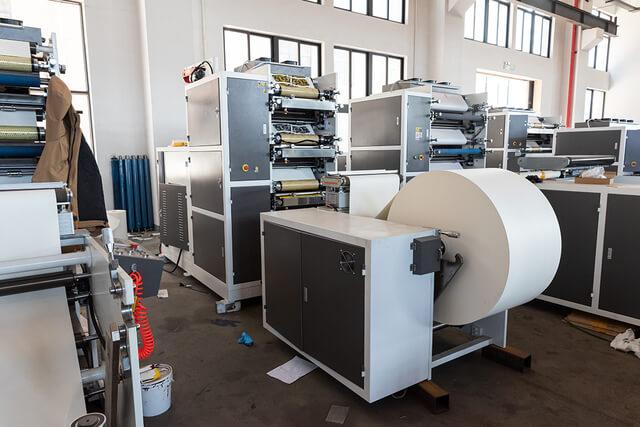
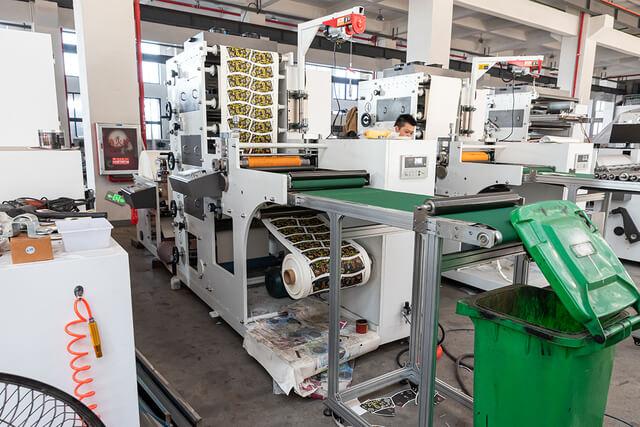

 Tel: +86-19057361870 / +86 577 65567060
Tel: +86-19057361870 / +86 577 65567060  Email: paperproductwholesaler@gmail.com
Email: paperproductwholesaler@gmail.com MP/WhatsApp: +86-19057361870
MP/WhatsApp: +86-19057361870 Manufacturer Address:No.1588, Huaming Road, Feiyun Street,Ruian City Zhejiang Province -325200 China
Manufacturer Address:No.1588, Huaming Road, Feiyun Street,Ruian City Zhejiang Province -325200 China




